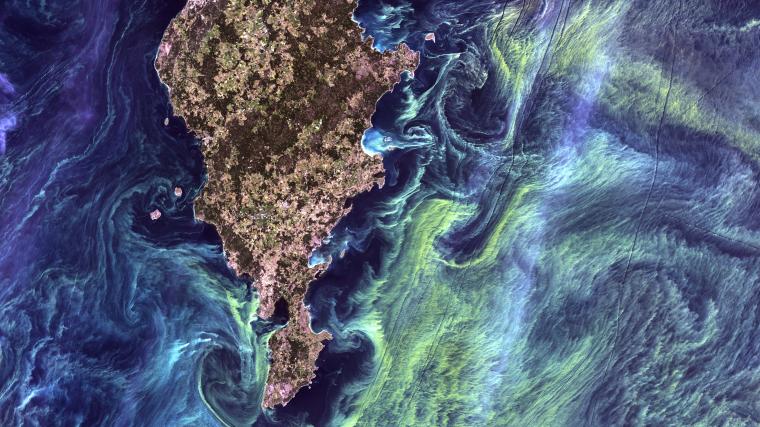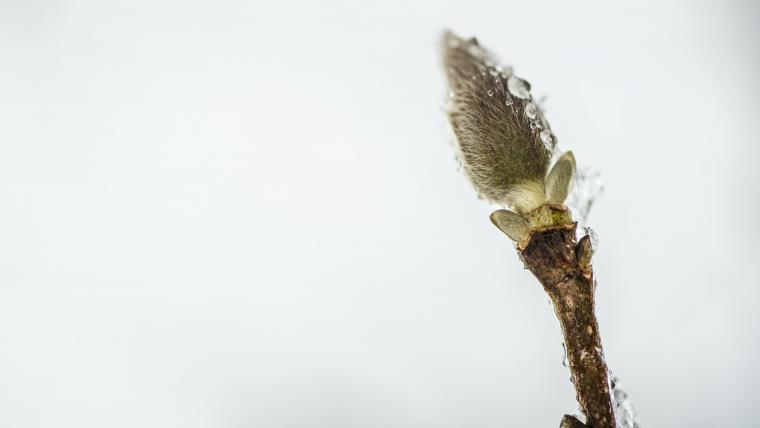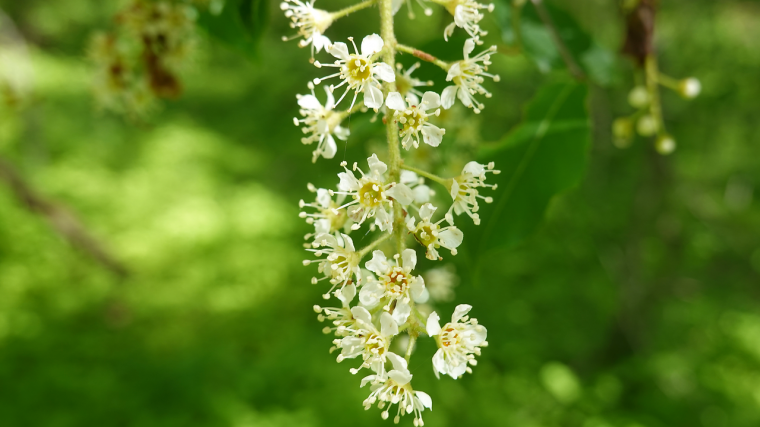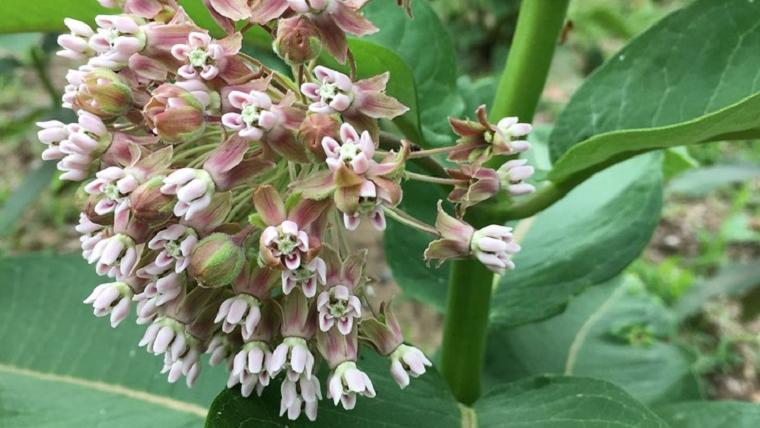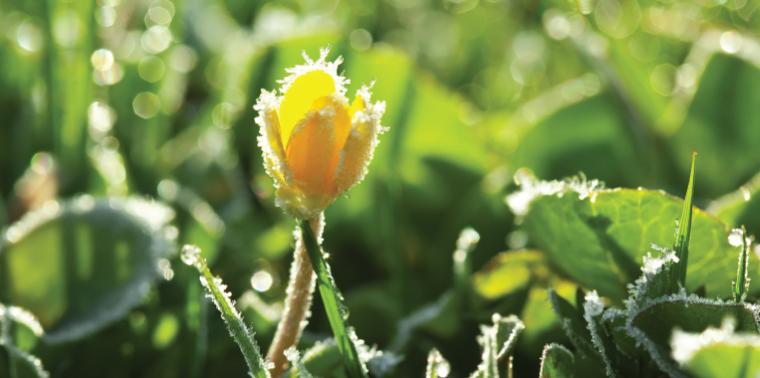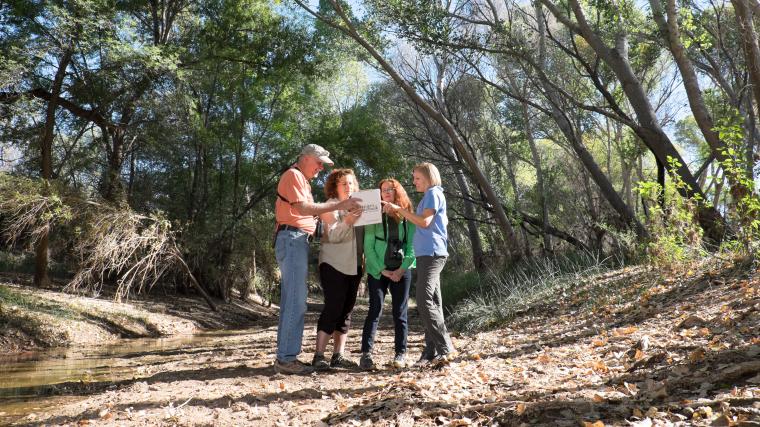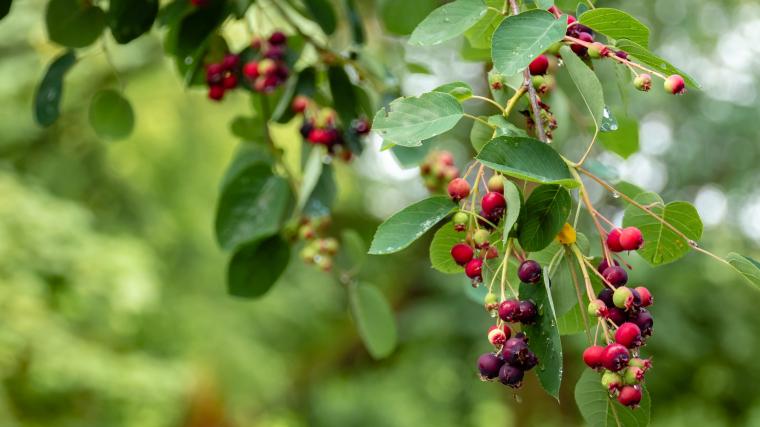
Where there are flowers, there could be fire
Wed, Jan 29, 2020
Flowering in chamise, a widely distributed plant in fire-prone chapparal California, is a good indicator of fire risk. Data contributed to Nature’s Notebook helped researchers identify that a critical live fuel moisture threshold is crossed after the plant has flowered but before fruits have developed. Accordingly, managers can readily and inexpensively assess live fuel moisture status in these areas simply by looking at chamise flower and fruit status. This study shows the potential for phenology information from programs like Nature’s Notebook to inform critical management decisions.


